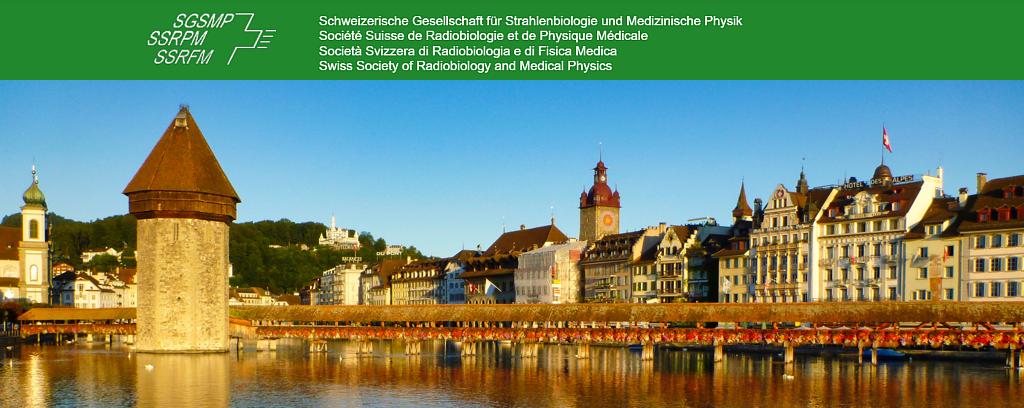Purpose:
The breast is a radiation-sensitive organ, and its composition varies from one individual to another. But does its composition affect the dose received during a mammography examination? The objective of this study is to determine the influence of age and breast density on the dose of radiation received during a mammography examination.
Methods:
A retrospective study was conducted...
Purpose: In accordance with Article 36 of the Radiation Protection Ordinance (ORap), medical physicists must be involved in all CT applications, particularly for the optimization of CT protocols. In this framework, the purpose of this study is to establish size specific diagnostic reference levels (DRLs) for pulmonary embolism (PE) based on patient CT examinations performed on 74 CT devices in...
Image quality in computed tomography is generally assessed using model observers (MO) without integrating the influence of temporal resolution. The aim of this study was to develop a methodology to integrate the temporal resolution in MO.
A cubic water phantom containing a cylinder in polymethyl methacrylate was scanned using various acquisition parameters (rotation times, pitch factors and...
Purpose
Neuroradiological interventions are minimally invasive procedures that can provide diagnostic information and offer treatment for diseases such as an ischemic stroke or cerebral aneurysm. These procedures have several advantages for the patient, such as fewer complications than open operations and shorter recovery times. However, they are accompanied by radiation exposure. Aim of this...
Purpose
The task of co-optimizing dose and image quality is challenged by technological advancements in Computed Tomography (CT), including Machine Learning (ML)-driven image reconstructions. Conventional methods of image quality assessment often fail to capture radiologists’ clinical perspective. To address this, a method based on the Difference-Detailed Curve (DDC) has been developed,...

